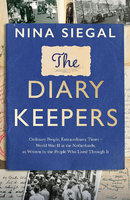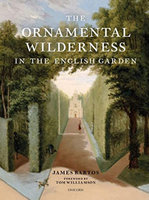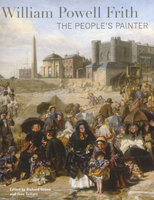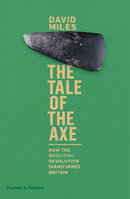New, Quality Gift Books - 50-90% off - over 2500 titles
Your basket is empty.
Categories Art & Architecture CHARLES RENNIE MACKINTOSH & CO. 1854-2004
CHARLES RENNIE MACKINTOSH & CO. 1854-2004
Book number: 94692
Product format: Hardback
In stock
Bibliophile price
£7.50
Published price
£25
Customers who bought this product also bought
|
DIARY KEEPERS
Book number: 94653
Product format: Hardback
Bibliophile price
£6.00
Published price
£25
|
ORNAMENTAL WILDERNESS IN THE ENGLISH GARDEN
Book number: 95117
Product format: Hardback
Bibliophile price
£12.50
Published price
£30
|
NEW TESTAMENT I AND II: STUDY EDITION
Book number: 95115
Product format: Paperback
Bibliophile price
£7.00
Published price
£24
|
|
WILLIAM POWELL FRITH: The People's Painter
Book number: 93367
Product format: Hardback
Bibliophile price
£18.50
Published price
£24.99
|
FUNDAMENTALS OF DRAWING HORSES
Book number: 94922
Product format: Paperback
Bibliophile price
£5.00
Published price
£9.99
|
TALE OF THE AXE
Book number: 94640
Product format: Hardback
Bibliophile price
£10.00
Published price
$29.95
|
Browse these categories as well: Art & Architecture, Scottish Books













